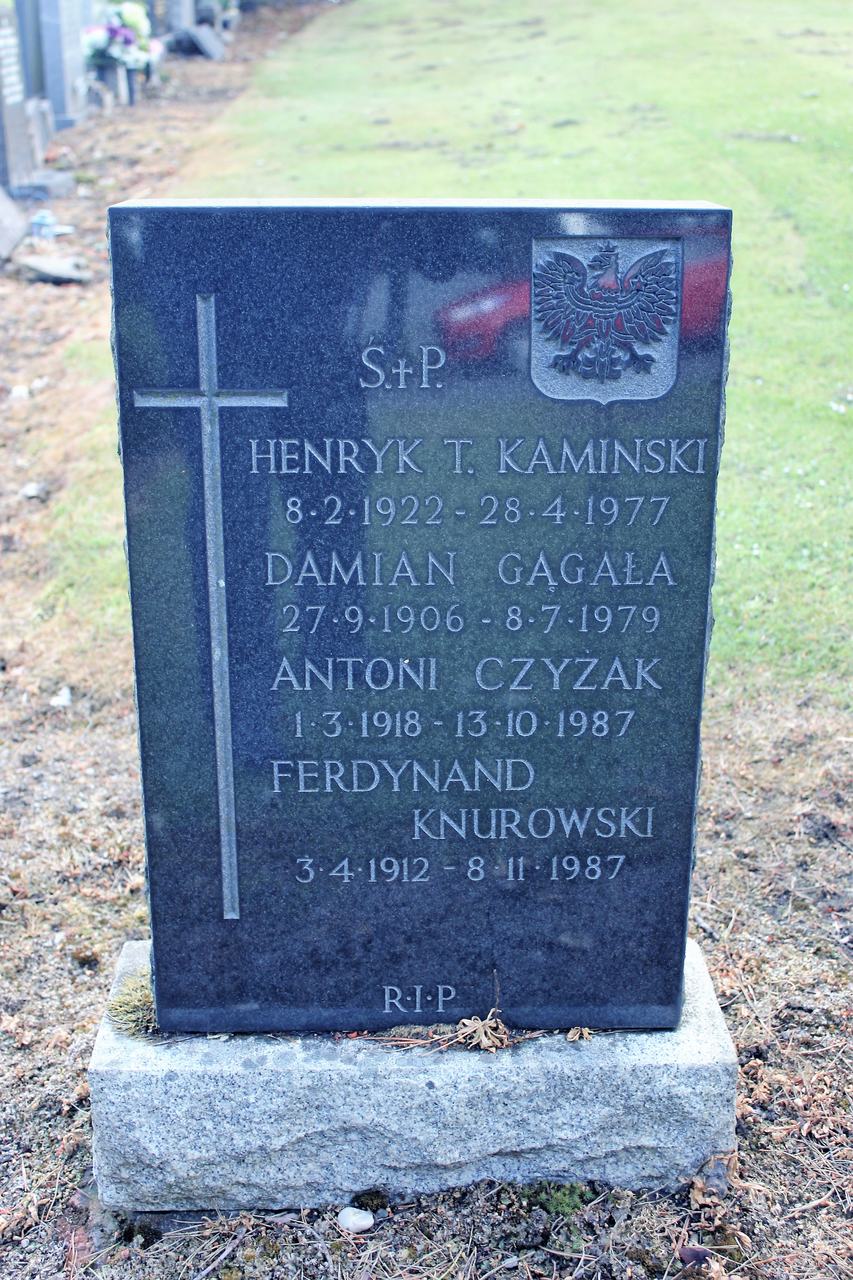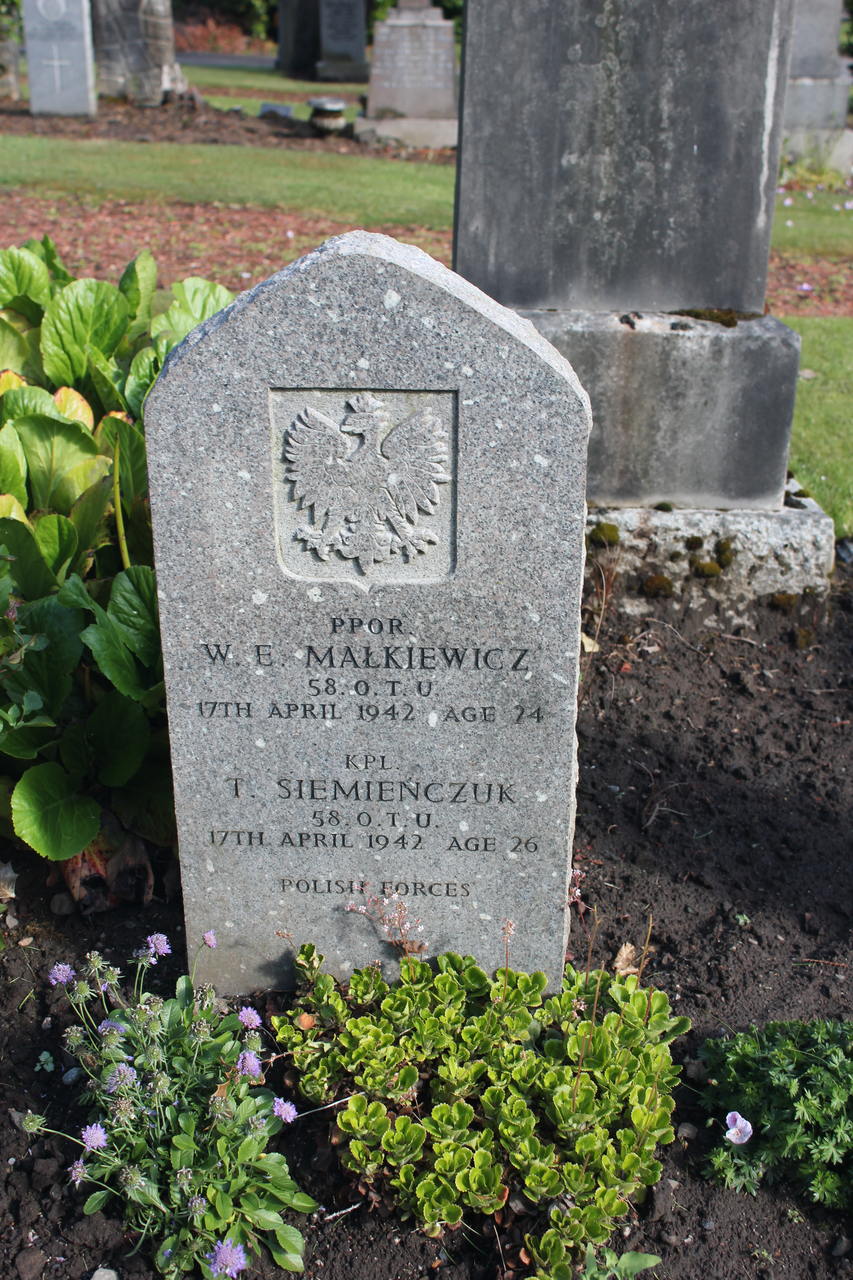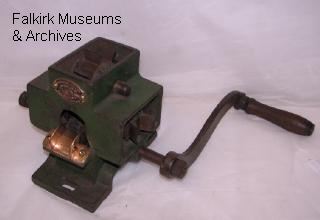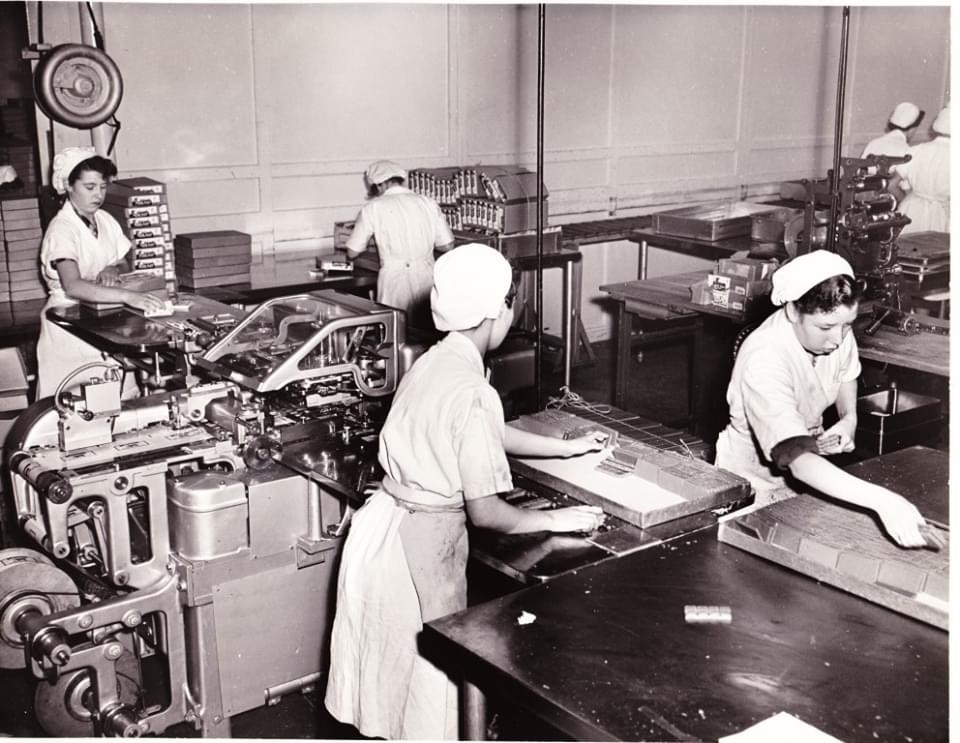Learn about the history of the Polish community in Falkirk and how they came to Scotland during the Second World War.
Prelude
As a young social worker in Grangemouth, I was asked to visit a man who was having mental health issues. I joined a health worker in visiting the man who was from Poland.
The visit was difficult: he was clearly agitated and was responding to what was going on inside his head rather than what was happening now. He had a repeated concern: the Russians were coming... We did what we could for him and set up services to support him. But I was left with an imprint of his fear that had remained with him for 35 years and have not forgotten it. In the intervening years, I occasionally thought of him. The Russians were coming.
This man was one of many men that had escaped after the invasion of Poland by the German Army and the Russian Army.
fields['text']) echo $section->fields['text']; ?>
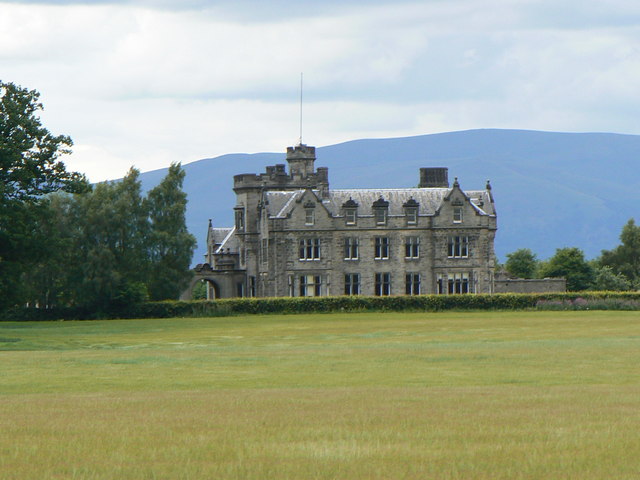

Kinnaird House and The Poles
Kinnaird House is just to the east of Stenhousemuir and overlooks the M9 where the motorway spur turns towards Kincardine Bridge. The House’s history is laid out in detail in the website. The website gives an insight into the house and the way the land has changed since the 14th century.
“The name Kinnaird in 1334 is said to mean (Gaelic, Cinn na h'airde) "at the head of the height," which refers to its position in days when the sea came much further in.” Nearby, Airth Castle overlooks what was the port of Airth, now nearly a kilometre from the shore, which testifies to the changes that have taken place over hundreds of years.
As with many stately piles, Kinnaird House has had mixed fortunes, and of particular interest here is the migration to Scotland by foreign soldiers that took place following the fall of Poland and France and the occupation of Europe by the Germans in 1940.


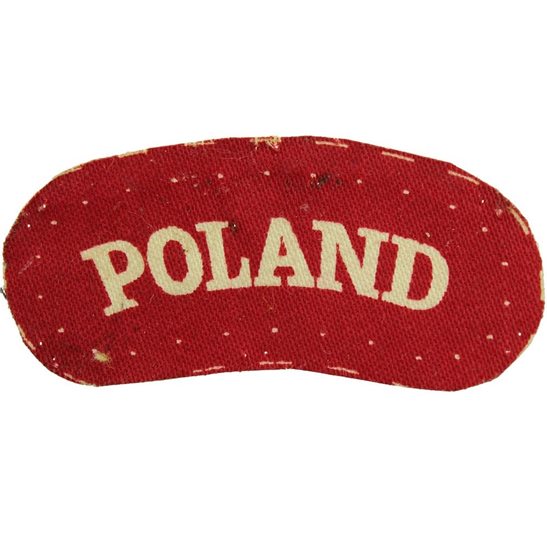

Polish Migration During the Second World War
For Britain, the Second World War had begun with the invasion of Poland by the German Army followed swiftly by the British and French declaration of war on Germany on 3rd September. Polish forces faced with the German assault were defeated and became exiled from their own land, assisted in no small measure by the invasion of Eastern Poland by Russian forces. Polish soldiers, sailors and airmen found various routes of escape. The invasion when it came was swift and effective. And brutal. Whilst the Germans were hardly gentlemen, the invading Soviet Russians, intent on grabbing what they could of Poland, brutally repressed the Poles. In particular the Russians sought to behead the leadership in Poland, which they did systematically. Many thousand died: the Katyn Massacre is probably the best-known example of many others.
Military and naval personnel retreated to neutral countries such as France. A Polish Army was established in France as part of the allied forces, with the Polish Army formations that had escaped the invasion of Poland coming under the overall control of the French Army. As a result, the Polish forces in France were significant, and then... there was the phoney war which ended with a 10th May assault on France by a German Army which broke through the impassable Ardennes by passing the strong but immobile Maginot Line.
When Germany began the blitzkrieg on May 10th 1940, the Polish Army in France numbered 82,000 men from Poland or émigré families (a great increase on the 31,409 recorded in January that year). Polish troops fought alongside the British and French forces. The German assault was characterised by Blitzkrieg, “lightning war,” which swiftly overran the well-armed but rigid thinking allied forces. The result was ignominious defeat of the allied armies and the occupation of France by the German war machine.
Dunkirk was the result, with the evacuation of the remnants of the allied armies. Units of the Polish Army were evacuated from the coast of Northern France with British and French units. After Dunkirk and the rest of the evacuations, the Polish army was used to augment the defences of Great Britain, its strength used to ease the loss of much of the British Army in Europe.
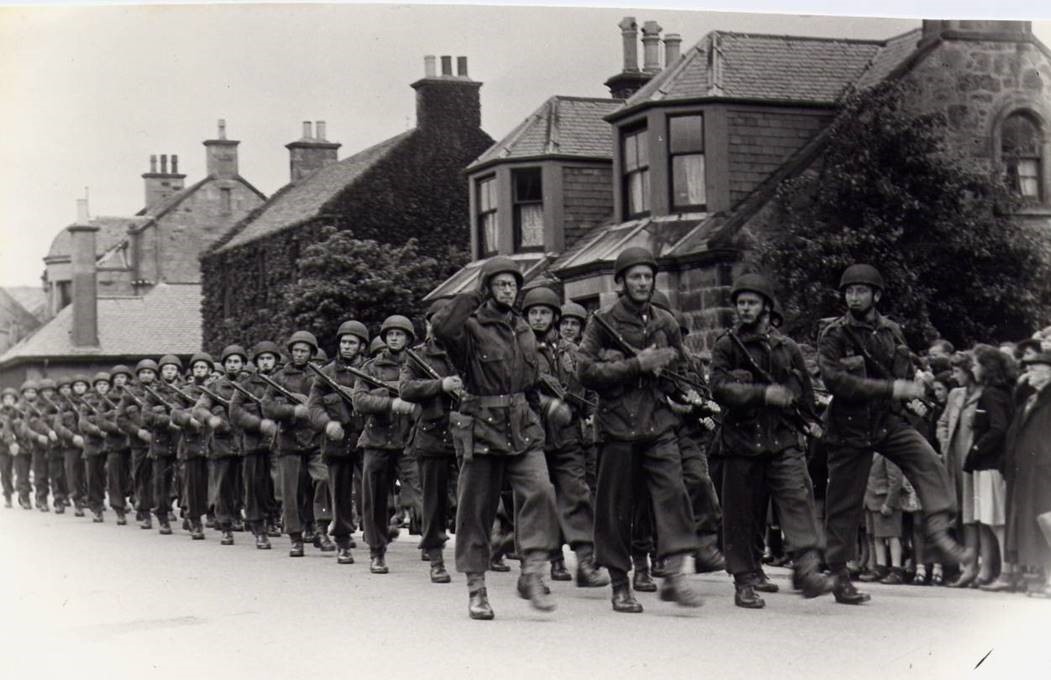

The Polish Army in Scotland
The Polish Army in Britain was sent North to gather itself. Units of the Polish army were placed around Scotland’s Eastern coastline. They were tasked with rebuilding the coastal defences which can still be seen from Dunbar to Inverness. Headquarters for the Polish Army in Scotland were in Edinburgh, and the Headquarters of the Polish Corps was Kinnaird House.
Along the Fife Coast are signs of their custodianship: a walk to the north of St. Andrews will lead you to the Tentsmuir Forest which still reminds visitors of the Polish camp, where Polish soldiers stood watch over the shore. Other units were stationed toward the north as far as Morayshire.
Placed near Falkirk, the Polish Headquarters were close to lines of communication, such as the railhead at Larbert, and with close proximity to the strategic Firth of Forth with its concentration of military and naval assets. Between 1940 and 1943-4, there was a continuing presence of Polish men, and a lack of Scottish men in the prime of their life. For the Poles, exiled from their homes, it would have been normal to develop relationships and to set down roots. Life goes on. Most of the Polish Army left Scotland to become part of the liberation forces. Some subsequently returned, some remain still.
The Polish Falkirk Community
During that time life did go on: relationships were created between Scots and Polish with natural consequences. In many instances, Falkirk would become home. Their legacy remains in, for instance the names on graves in part of Camelon Cemetery. And in with the folk who have those very Polish names, now part of the community of Falkirk.
The Polish Army remained in Scotland until 1943 (though some sources suggest 1945), when preparations began to intensify in advance of the invasion of Europe in June 1944. Polish units went south to train for the forthcoming invasion with training being ramped up. In Newmarket in Suffolk there are the graves of Polish soldiers, killed in training, testimony of the rigour of training. They are of a pattern, as are the different pattern of Commonwealth War Graves Commission Headstones.
After D-Day, the Polish Army took a significant part in the D-Day campaign and the assault on Germany. Meanwhile another part of the Polish forces fought through the campaign in Italy.
In Grand Sable Cemetery there are headstones for Polish airmen who died on active service in Scotland. In Camelon Cemetery, there are the graves of men with Polish names, gathered together in a quiet part of that cemetery: the names on the gravestone are often accompanied by the name of a Scots lass, wife of a Polish man. Since the ending of the war there has continued to be a Polish speaking priest meeting the cultural and spiritual needs of those in Falkirk and its surroundings.
Afterword
This article was prompted by a memory that the Polish Army HQ had been based in Kinnaird House. It was also prompted by a chance contact with a woman of Polish descent whose own mother had had a mental health issue: she had become ill and a little confused. Her confusion had led to her being terrified. She was terrified that the Russians were coming. When he was alive, her husband had moved his family around the country often: he was scared that he would be found and taken back to Poland. I started with a story about being a social worker. Recently, I traced the man that I met all those years ago: perhaps he has found some peace now.
By Russ Edwards, Great Place volunteer.
